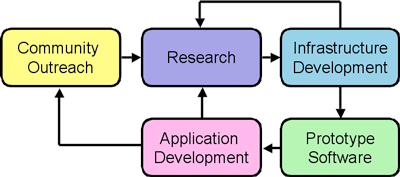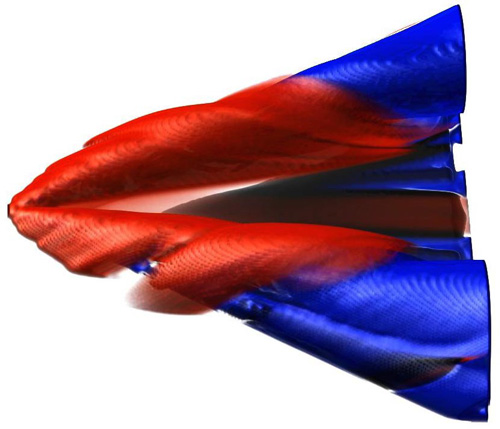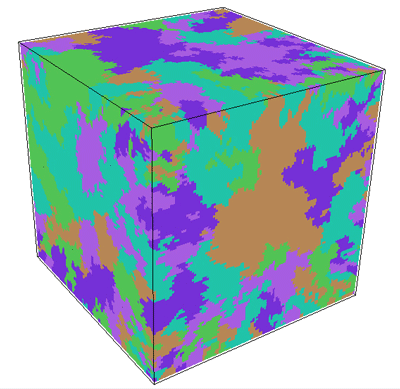The critical importance of enabling software technology for leading edge research is being thrown into sharp relief by the remarkable escalation in the application complexity, quantities of data that scientists must now grapple with, and the scale of the computing platforms that they must use to do it. The effects of this ongoing complexity and data tsunami as well as the drive toward petascale computing are reverberating throughout every level of the software environment on which today’s vanguard applications depend – through the algorithms, the libraries, the system components, and the diverse collection of tools and methodologies for software development, performance optimization, data management, and data visualization. It is increasingly clear that our ability today to adapt and scale up the elements of this common software foundation will largely determine our ability tomorrow to attack the questions emerging at the frontiers of science.
Nowhere is this connection between scalable software technology and breakthrough science more evident than in the articles of this issue of CTWatch Quarterly. Each one offers an informative and stimulating discussion of some of the major work being carried out by one of the Centers for Enabling Technologies (CET) of the Department of Energy’s wide ranging and influential SciDAC program. The joint mission of the CETs is to assure that the scientific computing software infrastructure addresses the needs of SciDAC applications, data sets and parallel computing platforms, and to help prepare the scientific community for an environment where distributed, interdisciplinary collaboration is the norm. Each CET is a multidisciplinary team that works closely with one or more of SciDAC’s major application teams. Each one focuses its attention on the mathematical and computing problems confronting some major aspect of software functionality, such as distributed data management, application development, performance tuning, or scientific visualization. Making necessary progress in any of these areas requires the collective effort from the national (and international) research community, yet as these articles show, working in the context of SciDAC research has enabled these CETs to make leadership contributions.
The articles here reflect the rich diversity of components, layers and perspectives encompassed by SciDAC’s software ecosystem. They are grouped together according to the aspect of the problem of scalability they address. One group of articles focuses on the software innovations that will be necessary to cope with multiple order of magnitude increases in the number of processors and processor cores on petascale systems and beyond; another set focuses on the data management challenges spawned by the exponential growth in the size of tomorrow’s routine data sets; and finally, CETs dedicated to scientific visualization address the need to understand increasingly large and complex data sets generated either experimentally or computationally. The articles in this issue of CTWatch Quarterly follow these groupings.











